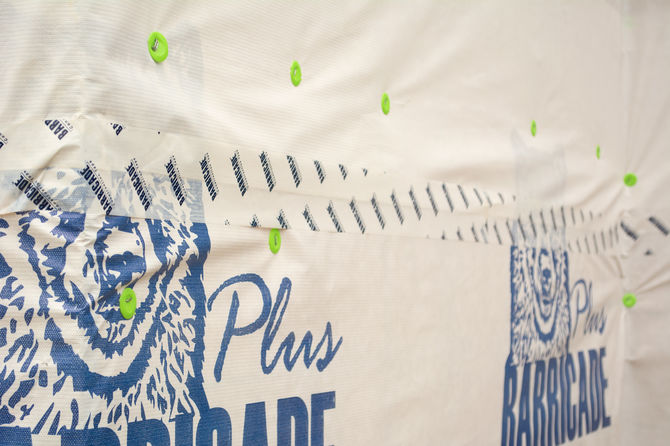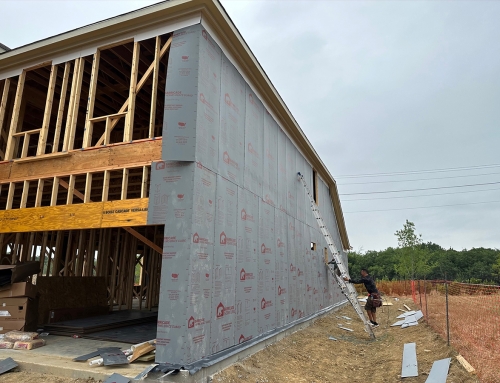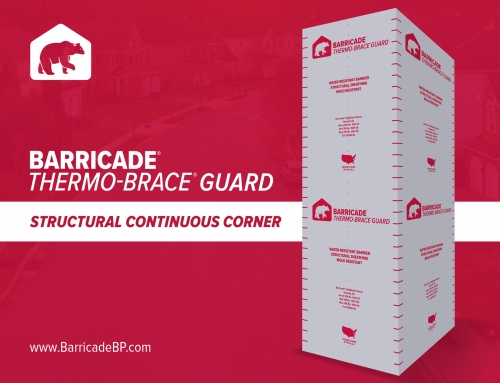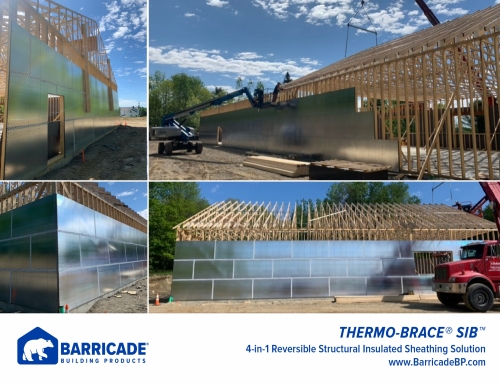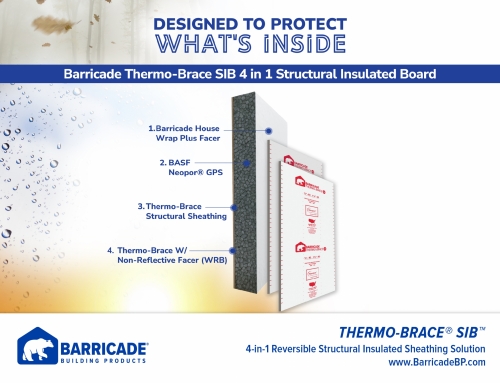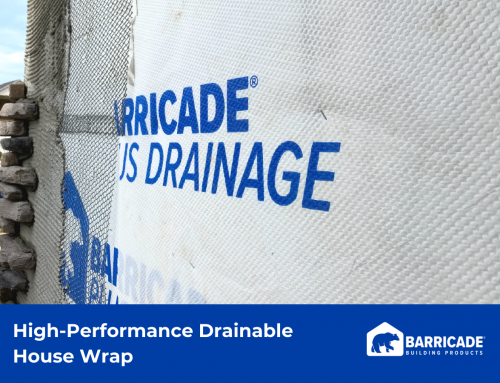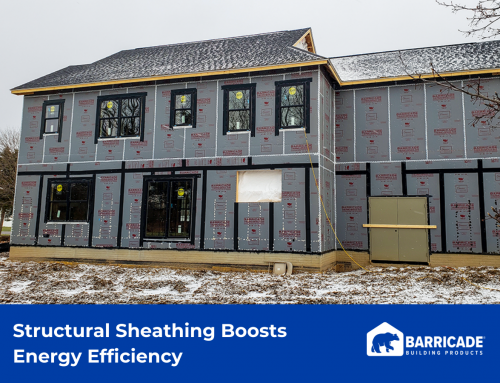Getting the little details right when applying seam tape to house wrap will keep air and moisture out of a wall system. Even small taping problems can quickly diminish the house wrap’s effectiveness and its ability to create an energy-efficient and durable home or building.
Careful Application of Seam Tape on House Wrap is Vital to a Sealed Building Envelope
The correct and detailed application of high-quality seam tape on house wrap, according to manufacturer’s recommendations, is vital to a continuous air barrier and tight building envelope. It is critical to pay attention to details when applying seam tape to house wrap.
It is also essential to inspect and verify that all the tape is void of adhesion problems, wrinkles or bumps. Overlooking the small details when applying seam tape to house wrap can significantly lessen a house wrap’s performance and can allow air and moisture intrusion through the building’s envelope.
Ten Small Details to Guarantee Successful Application of Seam Tape to House Wrap
- Apply the tape from the bottom up using proper shingling; starting low and overlapping with the upper tape.
- Details and careful application of the horizontal seam tape are critical because the horizontal tape produces a reverse lap at the top of the tape. The reverse lap has a strong potential for water to get behind the tape at the upper edge if there are any adhesion problems, wrinkles, or bumps.
- Apply the seam tape to dry surfaces on the house wrap. Applying tape over a damp surface leads to adhesion problems.
- Apply the seam tape to clean surfaces on the house wrap. Applying tape over a dirty surface causes tape adhesion problems.
- Choose a seam tape that is cold resistant. Seam tape that is not cold resistant will not adhere if applied at low temperatures.
- Avoid wrinkles in the seam tape. Wrinkles in the tape can cause unwanted water and air infiltration.
- Utilize a tape roller to roll out tiny bumps or wrinkles in the tape.
- To eliminate wrinkles and bumps in the corners, push the tape tight into the corners with a square block.
- Because most manufacturers recommend a minimum of a 1-inch seal to each side of the seam, contractors should purchase 3-inch rolls of seam tape. Selecting a smaller width tape may not seal the seam properly.
- Never apply the seam tape at the edge of button cap fasteners. Applying the tape at the fasteners edge can break the seal and lead to unwanted moisture and air infiltration.
Paying attention to these small details when applying seam tape to house wrap can prevent the migration of water behind the tape. Preventing moisture intrusion is vital because once it gets behind the tape; it will follow the horizontal seam to the closest vertical seam, and eventually make its way into the structure. Unfortunately, leaks at the seams may go undiscovered for years, which will damage the integrity of the structure and is unhealthy to the occupants of the building.
Achieve Effective House Wrap Installation with Barricade® Seam Tape

Application of Barricade® Seam Tape to seal Barricade® house wrap is the best practice for achieving the maximum benefits of a weather-resistant barrier. Barricade Seam Tape features a specially engineered adhesive that offers excellent adhesion to Barricade house wraps. Moreover, the proper and detailed application of Barricade seam tape creates a continuous building envelope system. A continuous building envelope is essential to the long-term durability and energy efficiency of a high-performing building or home.
The Building Science of Barricade® Seam Tape
Barricade Seam Tape is strong, easy to use, highly waterproof, and cold resistant. It is composed of a polypropylene film coated with a cold-weather acrylic adhesive system that ensures adhesion between the seam tape and Barricade house wraps.
Detailed Application of Barricade® Seam Tape Improves Energy-Efficiency

Detailed and correct application of Barricade Seam Tape helps seal the building envelope, which will stop air and moisture infiltration and improve the energy efficiency of a home or building.
Detailed Application of Barricade® Seam Tape Promotes Code Compliance
- Barricade Seam Tape, along with other Barricade products, work together to achieve continuous insulation around a building’s envelope in accordance with the American Society of Heating, Refrigerating and Air-Conditioning Engineers (ASHRAE 90.1). Importantly, the ASHRAE 90.1 and the 2018 IECC, in fact, require continuous insulation in both residential and commercial structures.
- Barricade® Building Wrap meets and surpasses the air barrier requirements of the 2018 IECC R402.4.1 and C402.5.1.
- The 2018 IECC also requires air leakage testing of a building envelope in accordance with either ASTM E 779 or ASTM E 1827. ASTM E 779 test method quantifies the airtightness of a building’s envelope utilizing fan pressurization. ASTM E 1827 test method quantifies the airtightness of a building’s envelope using an orifice blower door.
Getting the little details right when applying seam tape to house wrap is vital to creating a continuous air barrier for an energy efficient and durable home or building. Moreover, utilizing a high-quality tape, like Barricade® Seam Tape, with excellent adhesion and cold resistance, will further ensure the effectiveness of the house wrap.

